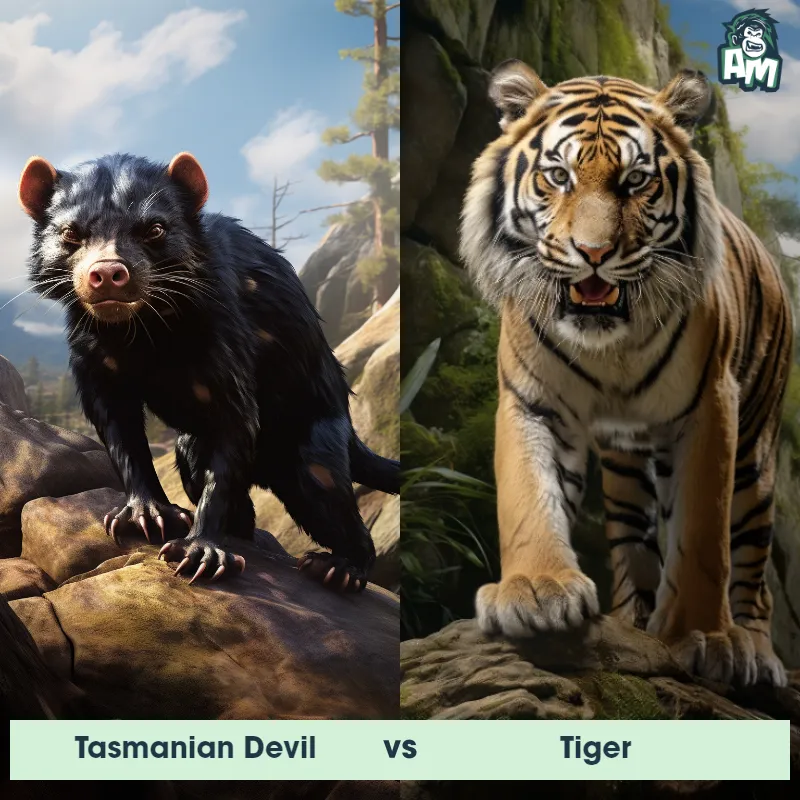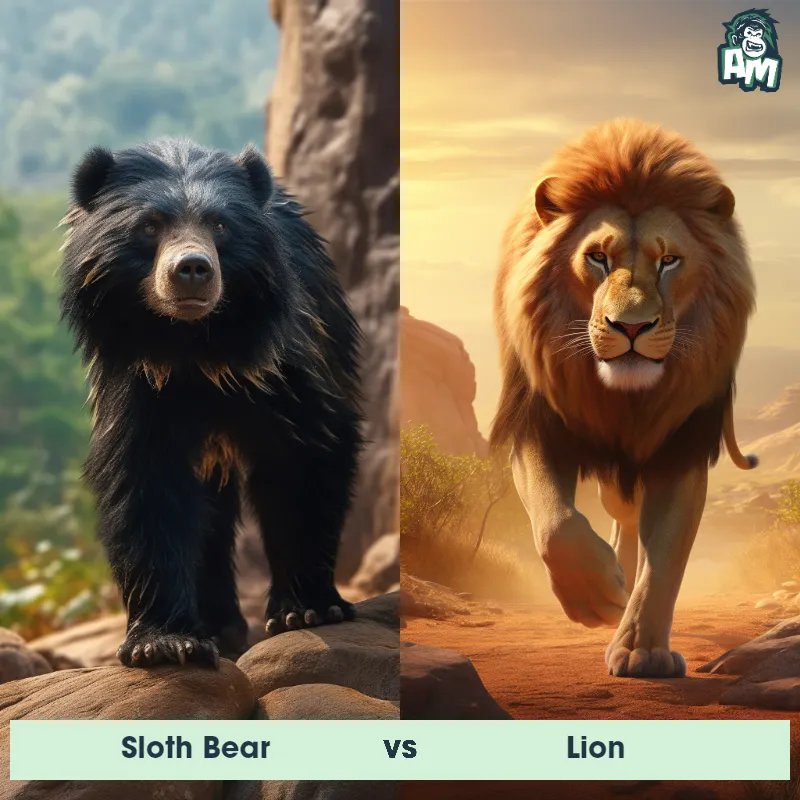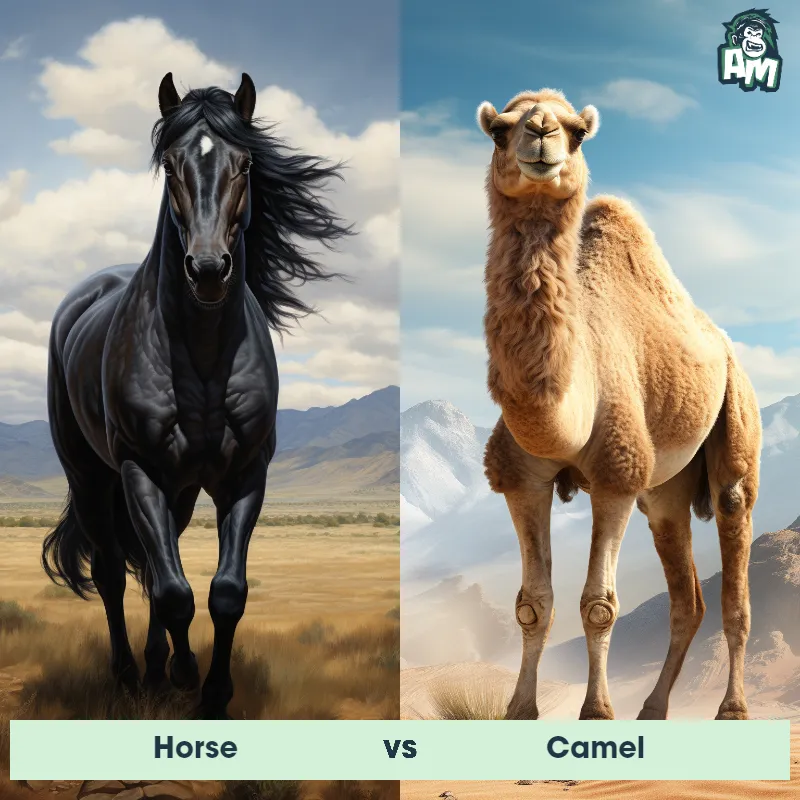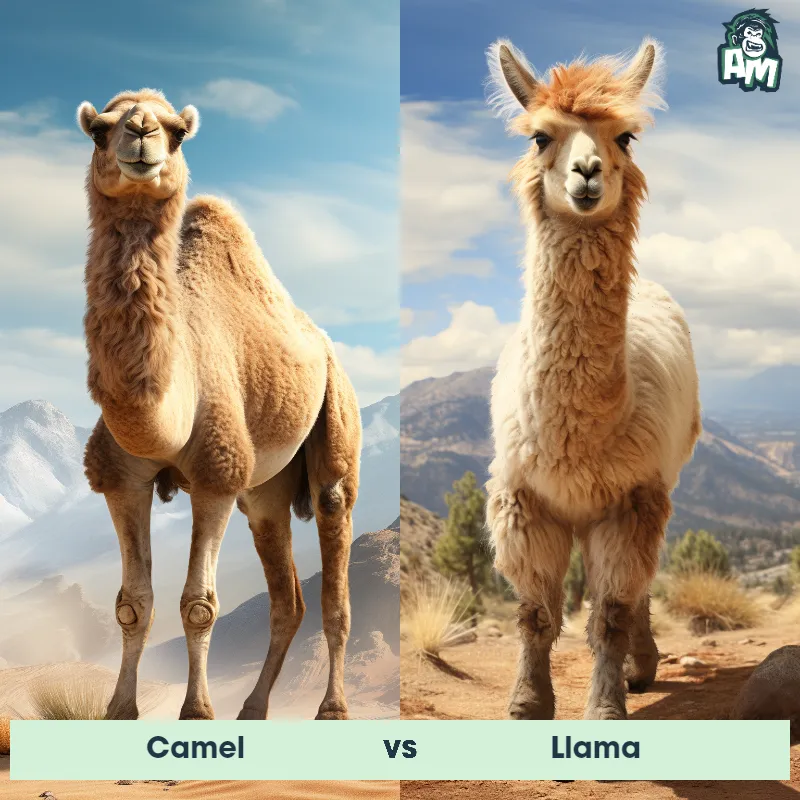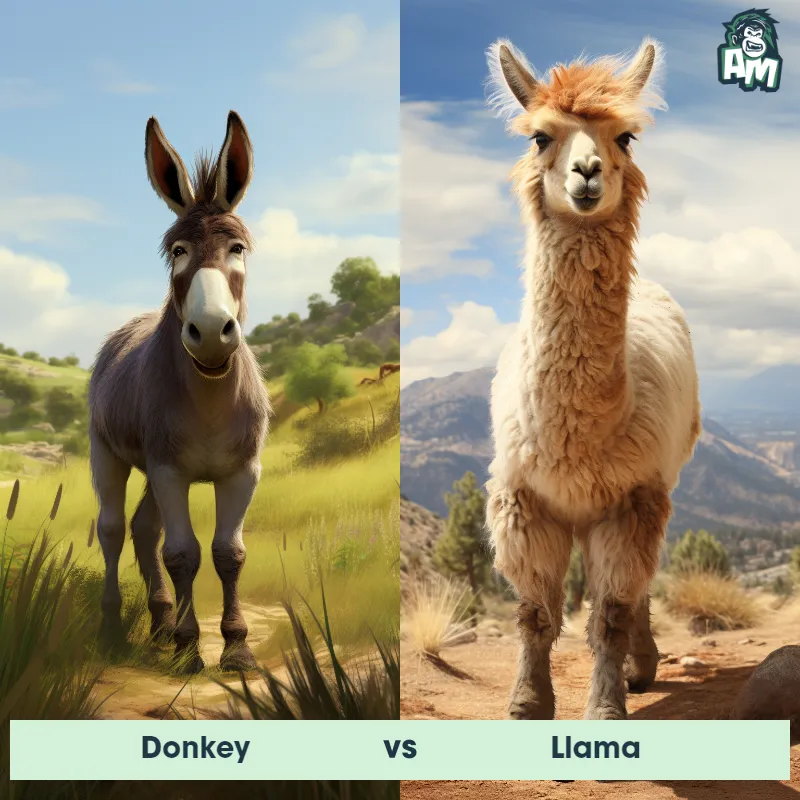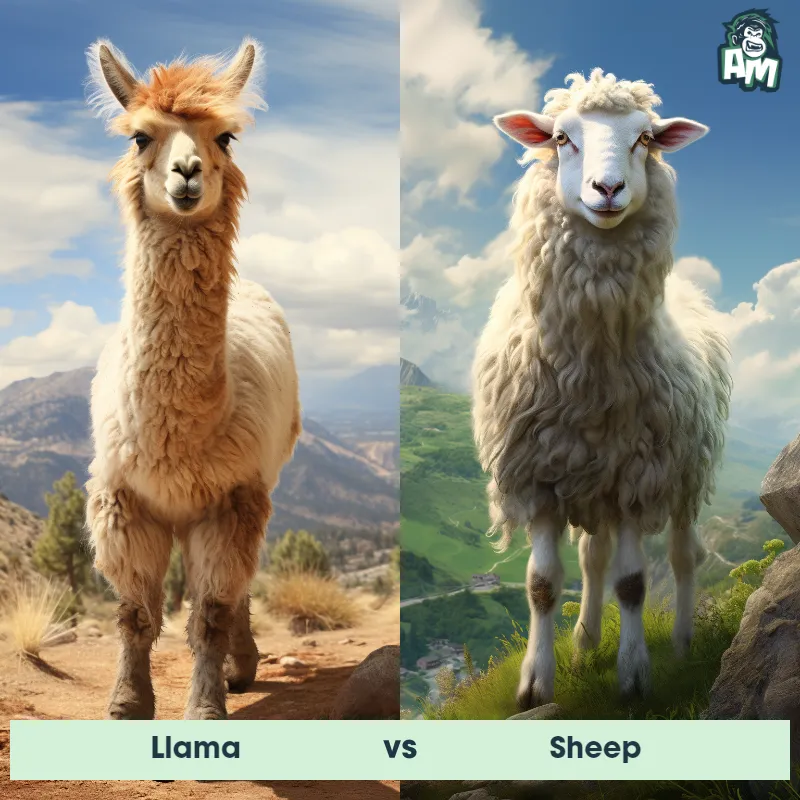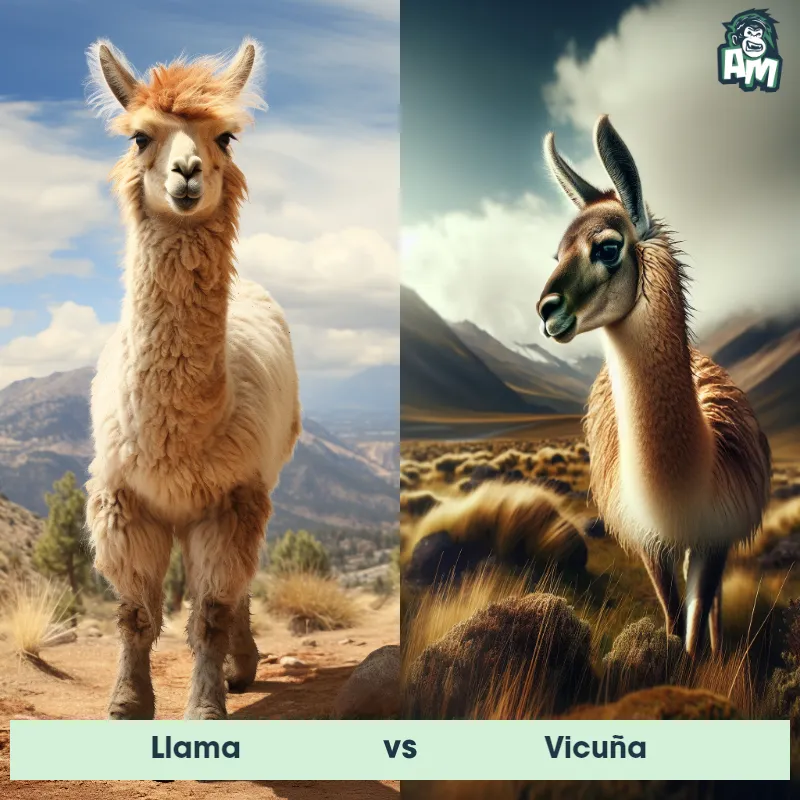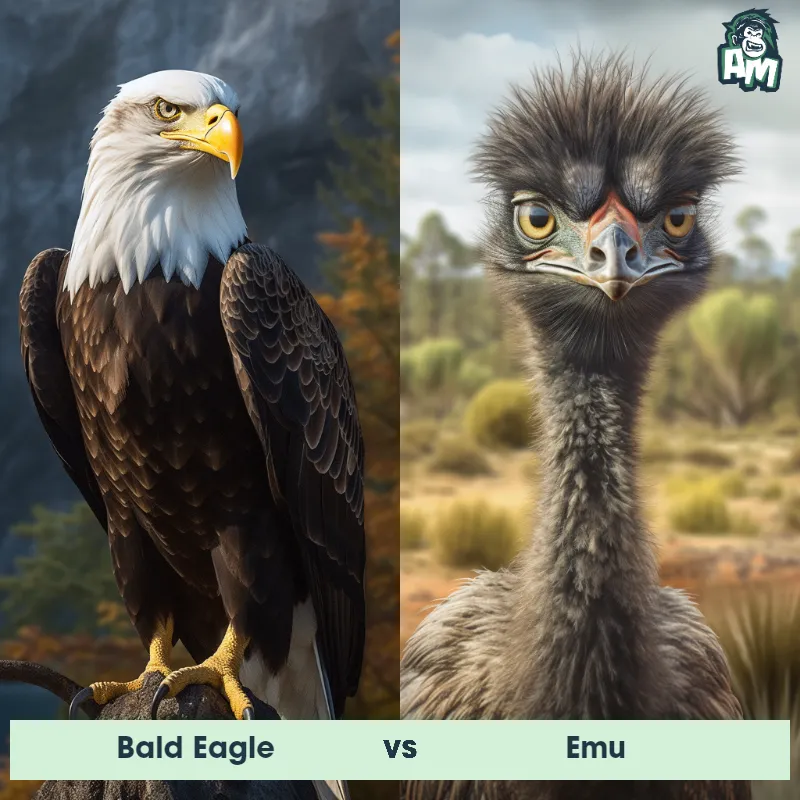Emu vs llamaSee Who Wins
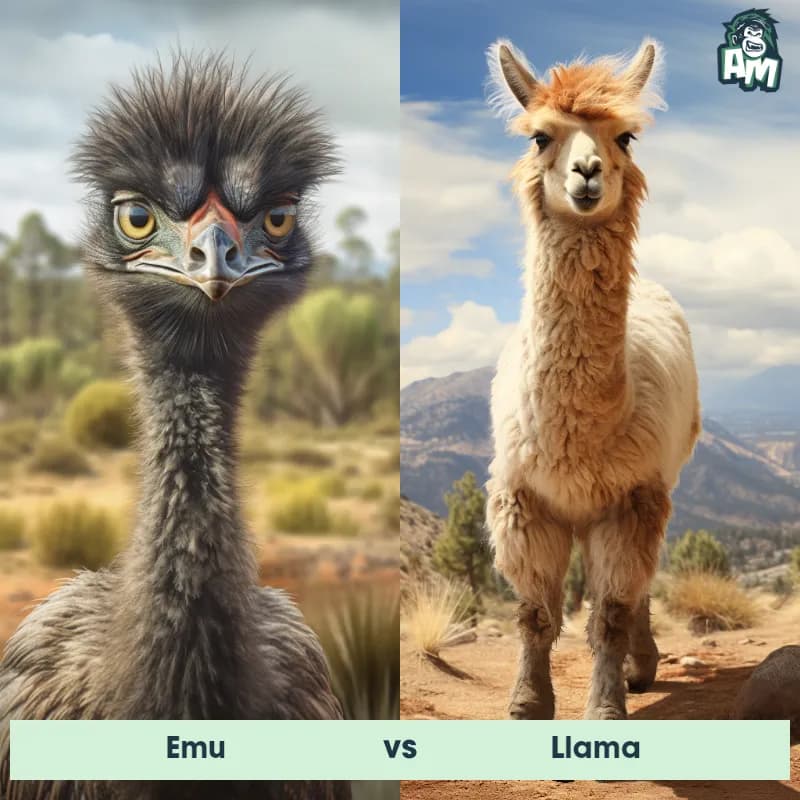
Ladies and gentlemen, welcome to this epic showdown between two of the most unlikely opponents in the animal kingdom! We have an Emu and a Llama ready to go head-to-head in a three-round fight. This is an unpredictable matchup, as both animals possess unique characteristics. So, let's dive right into the action and see who will come out on top!
Contender 1: Emu
The Emu is a large flightless bird native to Australia. They are the second-largest bird in the world, standing up to 6 feet tall and weighing up to 120 pounds. Emus have long necks and legs, small wings, and a distinctive shaggy plumage that ranges from brown to gray. They are known for their curious and social behavior, often traveling in groups and communicating with a range of sounds and body language.
Fun Fact: Emus have a unique feature called a "dewlap," which is a flap of skin that hangs from their neck. This dewlap can change color depending on the bird's mood, turning blue when they are excited or angry and pale when they are calm.
Contender 2: llama
The Llama is a domesticated South American camelid, widely known for its use as a pack and meat animal by Andean cultures since the Pre-Columbian era. They have a large, elongated body standing on four legs, with a long neck and a small head. Covered in thick wool, llamas can come in a variety of colors, including white, black, brown, and gray. They are social animals, often living in herds, and are uniquely adapted to harsh environments, particularly high altitude regions.
Fun Fact: Llamas have an interesting way of communicating: they express themselves through a series of ear movements, body language, and humming sounds.
Matchup Stats
| Emu | llama | |
|---|---|---|
| Size | Up to 6 feet tall (1.8 meters) | 5.6 to 5.9 feet tall at the shoulder (1.7 to 1.8 meters) |
| Weight | Up to 120 pounds (54 kilograms) | 290 to 440 pounds (130 to 200 kilograms) |
| Speed | Speed: 30 mph (48 km/hr) | 35mph (56km/h) |
| Key Strength | Powerful legs and sharp claws | Ability to spit, kick, and charge at opponents |
| Biggest Weakness | Small wings and lack of aggression | Lack of sharp teeth or claws for defense |
Current Votes
Emu vs llama
See Who Wins
View More Matches
Looking For More?
Similar Matches
Scientific Stats
| Emu | llama | |
|---|---|---|
| Scientific Name | Dromaius novaehollandiae | Lama glama |
| Family | Dromaiidae | Camelidae |
| Habitat | Grasslands, savannas, and forests | Mountainous, high altitude regions |
| Geography | Australia | Native to South America, specifically the Andean region |
| Diet | Omnivorous, eating plants, insects, and small animals | Herbivore, primarily grazing on grasses and other vegetation |
| Lifespan | 10 years - 20 years | 15 years - 25 years |
Key Differences between Emu and llama
- Coloration: Emus have a predominantly brownish-black coloration, with dark feathers on their body and a lighter colored neck and head, whereas llamas come in a variety of colors including white, brown, black, and various shades of gray.
- Body shape: Emus have a more streamlined and slender body shape, featuring long, thin legs and a small head compared to llamas, which have a stockier build, shorter legs, and a large head.
- Neck and head: Emus have a long, slender neck and a small head with a prominent beak, while llamas have a shorter, thicker neck and a larger, more rounded head with a distinctive muzzle.
- Feather vs. fur: One of the most noticeable visual differences is that emus have feathers covering their body, whereas llamas have a dense coat of fur.
- Size: Emus are significantly larger than llamas, with adult emus reaching heights of up to 6 feet and weighing 80 to 130 pounds, while llamas typically stand at around 5 and 6 feet tall and weigh between 200 to 450 pounds.
- Ears: Emus possess small, pointed ears that are often hidden by their feathers, whereas llamas have long, banana-shaped ears that are easily visible on either side of their head.







